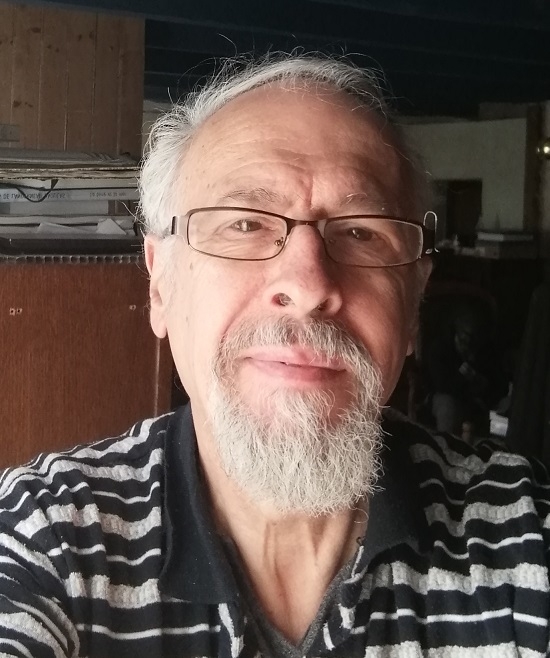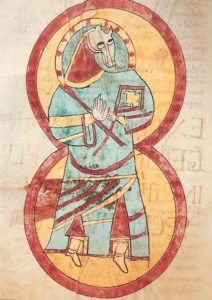Le Cartulaire de l’abbaye de Chaumont intègre les Archives départementales des Ardennes
C’est officiellement à l’Hôtel du Département de Charleville-Mézières qu’a été remis, le vendredi 7 mai 2010, par son propriétaire Jacques Lucas, ancien maire de Chaumont-Porcien, au Président du Conseil Général des Ardennes, le sénateur Benoît Huré, le cartulaire de l’Abbaye de Chaumont. Ce précieux manuscrit qui évoque les biens du \ »Portien\ », datant des années 1500, offert pour être conservé aux Archives départementales, est une pièce exceptionnelle du patrimoine local des Ardennes.
Source : Conseil Général des Ardennes
Liens en relation :
Mémoire détaillé de tous les biens de la manse conventuelle de l’abbaye de Chaumont-la-Piscine : ms Reims BM 2450 [En ligne]
\ »Cartulaire de l’abbaye de Chaumont-Porcien\ », in cartulR – Répertoire des cartulaires médiévaux et modernes, Paul Bertrand, dir. Orléans : Institut de Recherche et d’Histoire des Textes, 2006. (Ædilis, Publications scientifiques, 3). [En ligne]
Un exemplaire du \ »Quodlibeta\ » du \ »Doctor Venerandus\ » acquis par The Catholic University of America
The Catholic University of America vient de faire l’acquisition d’une portion d’un exemplaire du Quodlibeta de Godefroy de Fontaines (c. 1250-1309), un manuscrit du XIVe s.
Source : CUA News [ Link ]
Scanner sheds light on hidden words in medieval manuscripts
The Department of Scandinavian Research at the University of Copenhagence vient d’acquérir un scanner multispectral unique, prometteur pour les codicologues …
La plupart des manuscrits médiévaux contiennent des passages qui sont illisibles à cause de la façon dont ils ont été stockés, conservés et nettoyés, et cela est extrêmement frustrant. Ce scanner aidera à lire les manuscrits et accroître nos connaissances sur les matériaux qui les composent.

[ Link ]
Contact: Carsten Munk Hansen
carstenhansen@humanist.ku.dk
Treasures of Lambeth Palace Library
Lambeth Palace Library is one of the earliest public libraries in England, founded in 1610 under the will of Archbishop Richard Bancroft. In celebration of its 400th anniversary in 2010, the Library is opening a fascinating exhibition to the public in the Great Hall of Lambeth Palace.
Highlights of the exhibition include :
* The MacDurnan Gospels, written and illuminated in Ireland in the 9th century
* The Lambeth Bible, masterpiece of Romanesque art
* 13th century Lambeth Apocalypse
* A Gutenberg Bible printed in 1455, the first great book printed in Western Europe from movable metal type
* Books owned and used by King Richard III, King Henry VIII, Queen Katherine of Aragon, Queen Elizabeth I and King Charles I as well as landmark texts in the history of the Church of England
* An exceptionally rare edition of the Babylonian Talmud which survived a 1553 Papal Bull ordering all copies to be burnt, which was rediscovered in 1992
* The warrant for the execution of Mary Queen of Scots
* Papers of archbishops, bishops and leaders of church and state, ranging from the 13th century to the modern day, including papers relating to the rebuilding of St Paul’s Cathedral after the Great Fire and physicians’ reports on the illness of King George III.
[ Link ]
PAGES ANNEXES
Auteur du blog : Jean-Luc DEUFFIC




